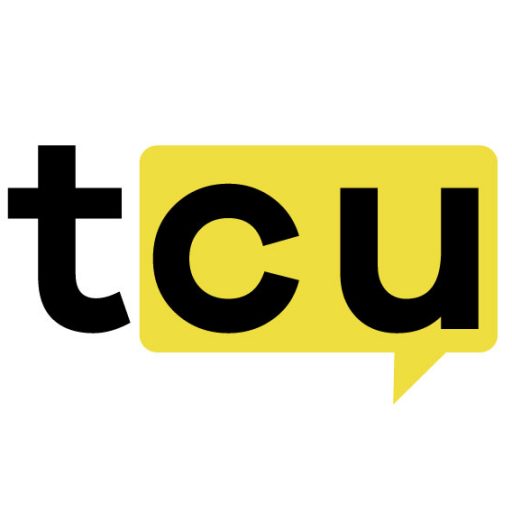Massive Whale Activity on New Plasma Chain
An Ethereum whale that had been dormant for four years suddenly woke up and moved $800 million worth of ETH to participate in Plasma’s liquidity rush. The whale, identified by Arkham Intelligence, held a total of $2 billion across relatively old wallets, comparable to some large-scale treasuries. This entity moved 200,000 ETH—their first activity since 2020—to deposit into Plasma’s newly launched vaults.
What’s interesting is that this whale acquired their ETH through mining and Bitfinex purchases years ago. They’ve been completely inactive until Plasma’s launch triggered this massive movement. The timing suggests they were waiting for exactly this kind of opportunity, though we can only speculate about their exact strategy.
Plasma’s Explosive Growth
Plasma launched just a day ago but has already attracted significant attention from both whales and retail investors. The chain immediately offered DeFi opportunities that drew active deposits, expanding the total value locked across multiple applications. Within hours of launch, the Plasma USD Vault received over $212 million in USDT deposits, ranging from whale-sized transfers to small $5 retail transactions.
The chain boosted its initial supply with $2 billion in USDT, adding more from whales and supporters. As a result, Plasma quickly reached $2.9 billion in total value locked. The chain already hosts versions of popular DeFi apps like Aave, suggesting they’re aiming for compatibility with existing Ethereum ecosystem tools.
XPL Token Performance
Plasma’s native token XPL also saw strong performance on its first day of trading. The token peaked at $1.42 and later stabilized around $1.25, retaining most of its gains. What’s notable is that XPL didn’t experience the typical post-airdrop crash that many new tokens face. Instead, it entered what traders called an ‘up only’ mode for its first day.
The presale attracted both whales and retail investors, with the project rewarding all participants with a sizable airdrop. Even retail buyers who spent as little as $1 in gas and made small deposits received around $10,000 as a bonus reward. This generous airdrop structure might explain some of the initial enthusiasm, though whether it’s sustainable remains to be seen.
Trading Platform Issues
Hyperliquid captured most of the early XPL trading activity, showing higher open interest compared to larger centralized exchanges. However, Aster—Hyperliquid’s closest competitor—experienced configuration errors that prevented it from tapping into the XPL rush. The platform noted anomalous price levels reaching up to $4, which triggered liquidations.
Aster clarified that the issue was internal and not maliciously caused, promising to compensate all affected traders for their losses. These kinds of teething problems aren’t uncommon with new token launches, especially when there’s significant volatility and interest.
The broader question is whether Plasma can maintain this momentum. The combination of whale interest, generous airdrops, and immediate DeFi integration suggests they’ve planned this launch carefully. But the real test will come in the weeks ahead as the initial excitement settles and the chain needs to demonstrate real utility beyond the launch hype.
![]()


